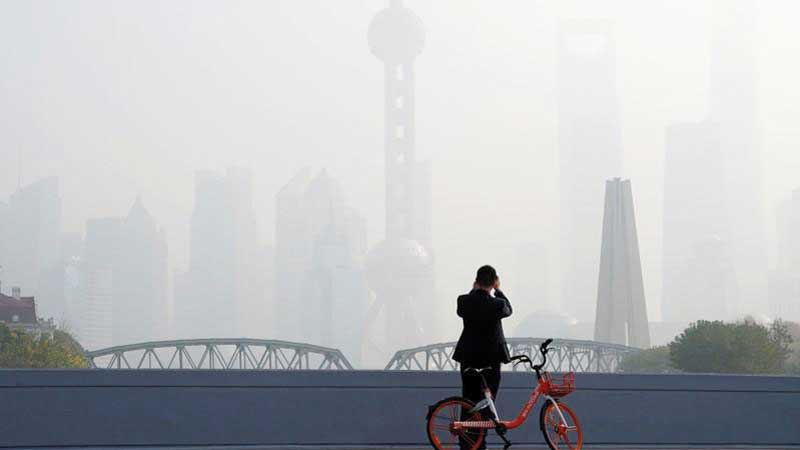

BEIJING: China has launched the world’s biggest carbon trading system to help lower carbon emissions, but critics and analysts have raised doubts about whether it will have a significant impact.
China is the world’s biggest emitter of the greenhouse gases that drive climate change, and the scheme is part of its efforts to decarbonise its economy by 2060.
Here are a series of questions and answers on key parts of the emissions trading scheme (ETS):
HOW DOES IT WORK?
The scheme, which launched on February 1, effectively puts a price on emitting carbon.
It allows provincial governments to — for the first time — set pollution caps for big power companies, and lets firms buy the right to pollute from others with a lower carbon footprint.
However, in its first phase the scheme only covers the electricity sector, involving 2,200 power producers, which is responsible for 30 per cent of China’s total emissions.
Local governments issue a certificate for every metric ton of carbon dioxide or other greenhouse gas equivalent which a company is allowed to emit, and companies pay fines for not complying.
“Companies can either cut emissions or pay to pollute, but the latter will become pricier over time as governments issue fewer pollution permits’’, said Zhang Jianyu, vice-president of Environmental Defence Fund China.
And, in a rare move to improve transparency, companies involved in the trading system will have to make their pollution data public.
But analysts have expressed concerns about the likely accuracy of the data, in a country with an authoritarian government that lacks transparency and low fines for non-compliance.
WILL IT DRIVE DOWN EMISSIONS?
Not nearly as much or as quickly as first hoped.
Initial, broader plans would have covered 70 to 80 per cent of China’s emissions.
These covered heavy polluters in seven other sectors including aviation, steel and petrochemical manufacturing.
Pollution permits are also being given out for free instead of auctioning them — unlike schemes operating in the European Union or California — which means there is less incentive to slash emissions quickly.
Yan Qin, a carbon analyst at Refinitiv, warned that “in the short term this system is not going to drive emissions reductions”.
Carbon is also expected to be priced very low under the Chinese scheme — about $6 a tonne when trading starts — compared with about $36 in the European Union scheme and $17 in California by last year.
Li Shuo from Greenpeace China said these low carbon prices “aren’t enough to push companies to invest in greening their operations”. — AFP
Oman Observer is now on the WhatsApp channel. Click here



